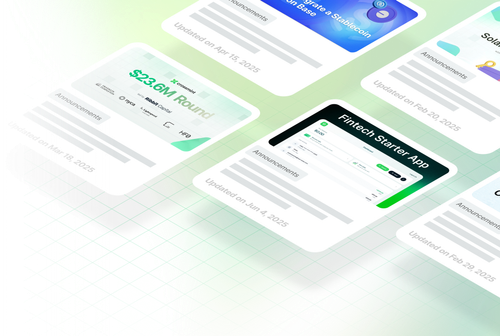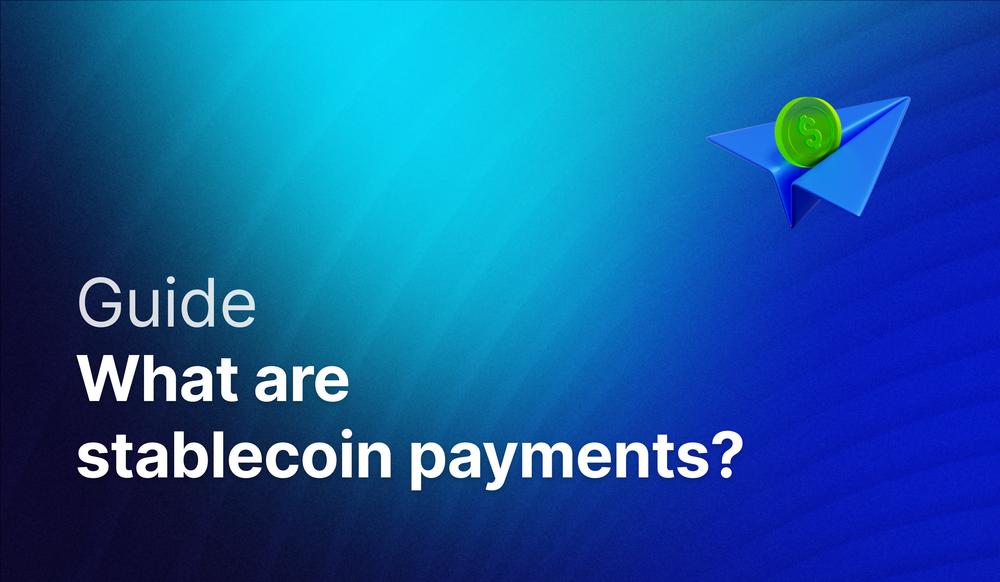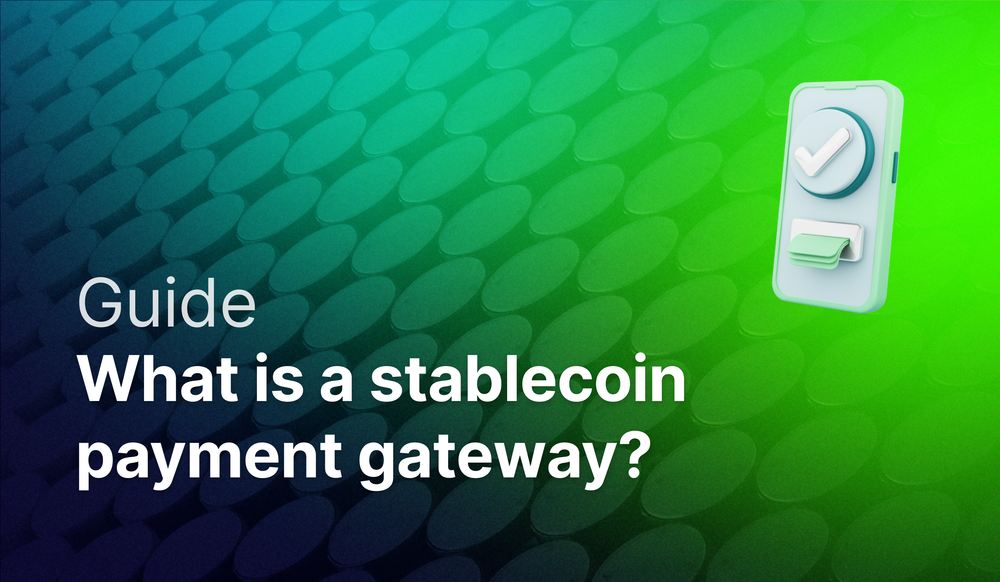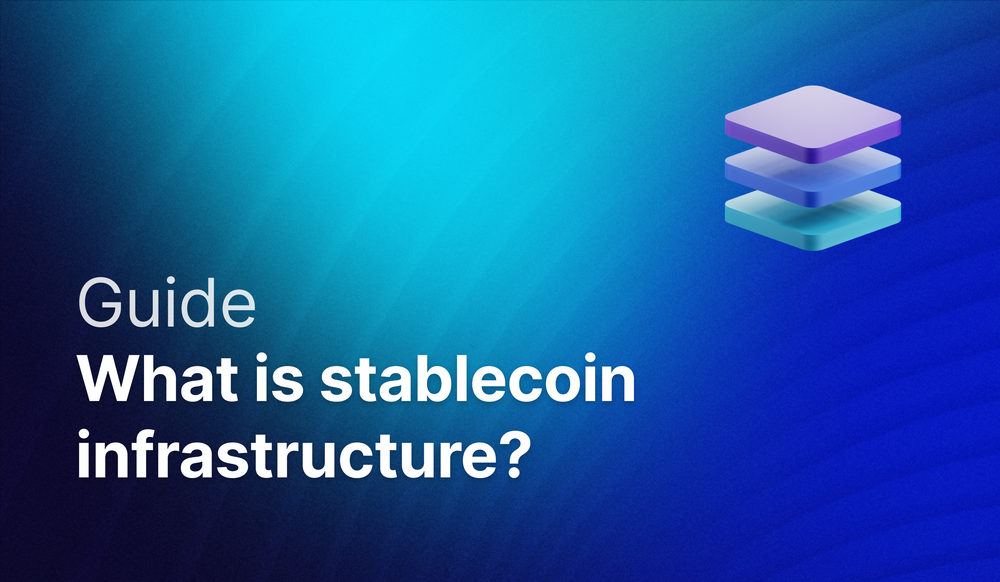Remittance companies operate on razor-thin margins. Traditional correspondent banking, FX spreads, and intermediary fees stack up quickly, eating into already slim profits. The core problem: how do you stay competitive when the rails themselves are expensive?
The cost comparison is stark. Traditional remittances involve multiple layers of fees from correspondent banks, FX spreads, and intermediaries, plus multi-day settlement times that lock up capital. Stablecoins require only blockchain transaction fees plus conversion costs, with instant settlement. The result: significant cost reduction while improving speed from days to minutes.
MoneyGram, serving millions of people across hundreds of countries, recently launched stablecoin remittances, going from contract to production in just over two months. Recipients can now save in USD (protected from local currency devaluation), cash out only when needed, and skip waiting in line at physical locations.
This guide covers the three infrastructure pillars remittance companies need to launch stablecoin rails: compliance structure, wallet infrastructure, and stablecoin orchestration.
How Do Stablecoin-Powered Remittance Companies Move Money?
Remittance companies using stablecoin infrastructure can operate in two ways: a closed model where funds start and end in fiat (with stablecoins used only for internal settlement), or an open model where recipients receive stablecoins directly into their wallets.
The process works as follows:
Collection and conversion: Customers pay using traditional methods (cash, cards, bank transfers). The remittance company then converts treasury funds into stablecoins like USDC, USDT, or branded options.
Movement and delivery: Stablecoins move from the company's treasury wallet through licensed orchestration providers like Crossmint, which handle compliance, AML monitoring, and transaction management. Recipients receive funds in embedded wallets inside the remittance app—no crypto knowledge required.
Financial services and cash-out: Recipients can hold stablecoins, earn yield, spend via debit cards, or convert back to local fiat. Off-ramp options include bank deposits, mobile money, and cash pickups through networks like MoneyGram.
This infrastructure transforms remittance companies into financial service providers while maintaining existing operations. The stablecoin layer adds programmability, speed, and new revenue opportunities without requiring crypto licenses or blockchain expertise.
How do remittance companies manage stablecoin compliance?
Remittance companies can add stablecoins without taking on the full regulatory burden themselves by structuring the product so that all onchain activity is handled by a licensed infrastructure provider. Instead of becoming a VASP, money transmitter, or digital asset custodian in every jurisdiction, they can rely on a partner like Crossmint, who already holds the necessary licenses (MiCA, VASP, MTLs, etc.), to perform the regulated functions. In this model, the remittance company simply offers a stablecoin payout or wallet experience to customers, while Crossmint handles:
- Issuance and redemption
- Custody and private key management
- Blockchain transaction execution
- Travel Rule compliance and ongoing monitoring
"The key is establishing clear compliance boundaries where the remittance company maintains their existing MTL licenses and customer-facing operations, while the infrastructure partner handles fiat-to-stablecoin conversion under separate licenses. This division reduces regulatory overlap and lets remittance companies launch stablecoin services without duplicating their compliance infrastructure."
— Rodri Fernández Touza, Cofounder at Crossmint
Offloading Complex Compliance Work
A key advantage of this approach is offloading the complex AML and Travel Rule responsibilities that come with onchain transactions. Crypto-specific AML is materially more complex than traditional fiat AML because every transfer requires screening wallet addresses, analyzing transaction history, detecting onchain risk patterns, and monitoring exposure across dozens of chains and stablecoins. Crossmint handles this by:
- Integrating with leading blockchain analytics tools
- Automating ongoing monitoring with risk rules that mirror or exceed regulatory expectations
- Managing Travel Rule data exchange (collecting, validating, and securely transmitting sender/recipient information to other VASPs)
This means the remittance company doesn't need to implement new protocols or maintain global counterparty relationships.
Firewalling Risk
This structure allows remittance companies to access the benefits of stablecoins (instant global settlement, lower FX costs, 24/7 liquidity) without the downsides:
- No regulatory uncertainty or licensing complexity
- No dependency on a specific chain, token, or custody model
- No need to hold crypto or operate private keys
- No classification as a digital asset business
Instead, they remain a traditional MSB/MTO, while Crossmint assumes the crypto-specific obligations.
Built-In Optionality
As regulations evolve, remittance companies can scale stablecoin products without major internal rebuilds or licensing expansion. Crossmint can update its compliance stack, switch stablecoin issuers, add new blockchains, or modify travel-rule logic centrally without impacting the remittance company's workflows. This lets operators offer stablecoin payouts to millions of users with enterprise-grade compliance, while keeping regulatory exposure, technology risk, and operational complexity safely ring-fenced.
What wallet infrastructure do remittance companies need to custody and send stablecoins?
Remittance at scale requires two types of wallet infrastructure: treasury wallets for holding company funds, and embedded wallets for end-user payouts.
Treasury Wallets: Secure Company Fund Management
Treasury wallets hold your operating reserves and handle high-value stablecoin transactions. Key requirements include:
- Enterprise-grade security with multi-signature approvals, role-based access controls, and HSMs or TEEs for key protection
- Multi-chain support across EVM chains, Solana, Stellar, and other networks
- Operational controls like transaction limits, approval workflows, and audit trails
Embedded Wallets: Frictionless User Experience
Embedded wallets enable recipients to receive stablecoins without blockchain knowledge:
- Simplified onboarding with just email or phone number (no seed phrases)
- Embedded directly in your existing app so recipients don't know they're using crypto
- Chain-agnostic APIs that let you implement once and deploy across multiple blockchains. MoneyGram chose Stellar for initial launch but can expand to other chains as needed
Essential Infrastructure Features
- Gas management: Your infrastructure partner pays blockchain fees and bills you in fiat
- Reliability layer: Automatic retries, RPC management, and indexing
- Built-in compliance: Transaction screening and Travel Rule compliance without separate vendors
- Web2-style APIs: Your existing dev team can integrate without learning blockchain-specific code
How do remittance companies distribute stablecoins at scale across multiple chains?
Distributing stablecoins across different corridors requires stablecoin orchestration infrastructure that handles licensing, global banking relationships, and API-based distribution through a single system.
Global reach: Proper licensing enables service in most non-sanctioned geographies directly or via reverse solicitation, reducing the complexity of entering new markets. This requires licenses in key jurisdictions—something Crossmint provides through its regulatory framework.
US and European bank accounts: Entities in both jurisdictions enable faster settlement and streamline fund orchestration. Separate entities handle the fiat side of operations before conversion to stablecoins, which matters for managing float, optimizing currency exposure, and meeting local banking requirements in different corridors.
Stablecoin distribution: Mint and distribute stablecoins with one API. Execute transactions across chains using the same API calls, with the ability to expand to additional chains as you enter new markets.
The operational advantage is straightforward: you avoid building separate integrations for each blockchain, managing multiple liquidity pools manually, or coordinating with numerous banking partners across jurisdictions. Instead, a single API handles distribution logic while your infrastructure partner manages the underlying complexity of multiple chains and banking relationships.
Why Crossmint for Remittance Companies
Crossmint offers the most future-proof solution built specifically for enterprise and money transfer use cases. MoneyGram went from contract signing to live production in just two months using Crossmint's stablecoin remittances platform.
All-in-one solution provides everything needed to launch: non-custodial wallets, on and off-ramps, stablecoin orchestration, data APIs, RPCs, AML screening, Travel Rule compliance, DeFi integrations for yield, swaps, and other embedded finance APIs.
Speed to market through Web2 APIs that abstract away blockchain complexity. Your existing development team can integrate stablecoin capabilities without hiring blockchain engineers or learning chain-specific protocols.
Flexibility without vendor lock-in through smart wallet architecture. Change between custodial and non-custodial signers to adapt to different geographies, new cryptographic technologies, or changing regulations. Bring signing control in-house in the future if needed.
Strategic support and architectural guidance from forward-deployed engineers. Crossmint brings experience working with innovative teams across industries and verticals, offering strategic support for architectural decisions, best practices, and stablecoin strategy as you build out your roadmap.
Reach out to us here to learn more.








